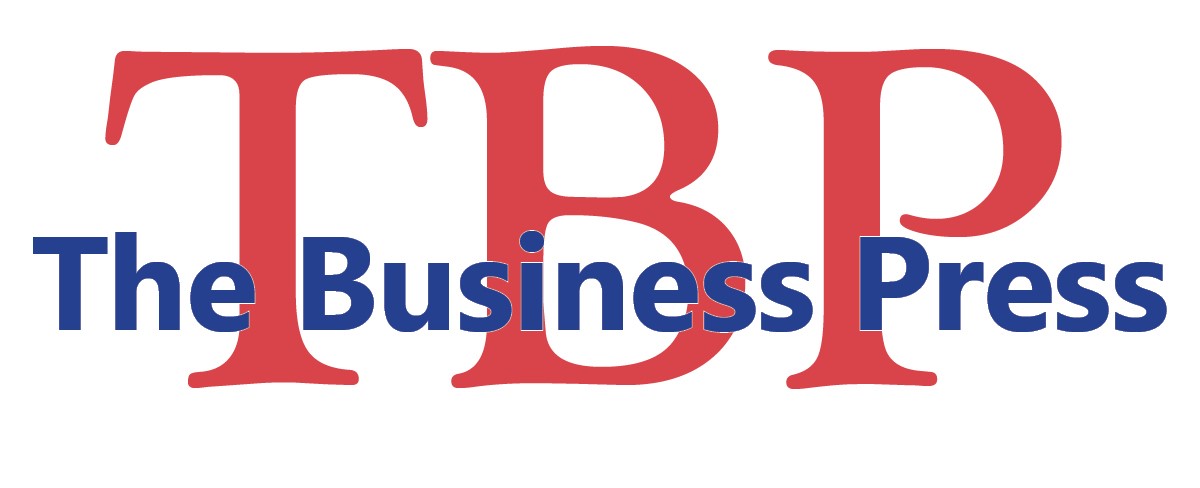A. Lee Graham lgraham@bizpress.net
North Texans expect hail and the occasional tornado, but higher insurance premiums – not to mention shrinking coverage – are striking some homeowners before the season’s first hailstone hits their roof. “Carriers are getting creative in limiting coverage,” said Marc Fanning, a Dallas insurance attorney and chairman of Fanning Harper Martinson Brandt & Kutchin. Some homeowners reviewing their property insurance policies report noticing higher premiums in recent months, with some companies charging $100 more than this time last year. “It ends up being the consumer seeing an increased premium or decreased benefits. That’s how they put the squeeze on you,” Fanning said. The “they” in question are insurance carriers trying to cut their losses while paying out increasingly high numbers of claims. Prompting many of those claims were two North Texas weather events: a tornado outbreak that saw 20 twisters cause $775 million in losses on April 3, 2012, and a massive Dallas hailstorm that left $890 million in damage in its wake on June 13, 2012. “The reason why your homeowners’ insurance rates are where they are in the Dallas-Fort Worth area is because you are in the hail belt, you are in Tornado Alley, and you get slammed with ice storms,” said Mark Hanna, a spokesman with the Insurance Council of Texas. “There’s not much you don’t get other than hurricanes,” Hanna said. When such disasters strike, insurance premiums can skyrocket in regions where they occur. That’s been the case in North Texas, where carriers are still reeling from paying out claims from last year’s two major events, among others. “If you look back on the past five years, D-FW has just gotten rocked,” Hanna said. Yet policyholders facing dramatically higher premiums have options. “Don’t feel like you’re stuck with one insurance company,” said Hanna, pointing to competing firms vying for business. “And you don’t have to wait for your policy to renew. You can dump out at any time.” Pricy premiums are just one of many things to look out for, according to the Better Business Bureau. “We’re seeing a shift where typically the deductible on your roof, it’s changed from a set amount to a percent, where you’ve had a $1,000 deductible, let’s say, and the percentage may be $16,000,” said Jeannette Kopko, a spokeswoman with the Dallas Better Business Bureau. Another trend is downright criminal. Trailing many hailstorms and tornadoes are roof repairers – or those claiming such expertise. The often-nomadic individuals sometimes skip town after getting paid for incomplete or shoddy work, leaving homeowners with damaged roofs, fewer dollars in their pocket and no way to track down the repair company. While such practices are not new, what’s known as “deductible assistance” is spreading. Kopko said. The practice, also known as “deductible fraud,” increased after the June 13 hailstorm. Some roofing contractors advertised lifetime warranties, while others offered free roofs or deductible coverage. “Because it’s so much of a gray area, we’d urge caution to homeowners and roofers regarding participating in a deductible-assistance program,” Kopko said. “It’s not always clear whether a particular program would be OK or not.” Though the BBB has found no recent regulatory action by the state against those offering deductible-assistance programs, it cautions both roofers and consumers from engaging in such practices. Meanwhile, Texans are expected to continue paying among the nation’s highest homeowners insurance rates. The most common policy cost Texas homeowners $1,560 in 2010 compared with the national average of $909, according to the National Association of Insurance Commissioners. Asked whether the spring season has prompted weather-related consumer inquiries, Kopko said not yet. “Where we get the most activity is after the storm when people check on roofers, car repair companies,” Kopko said.




